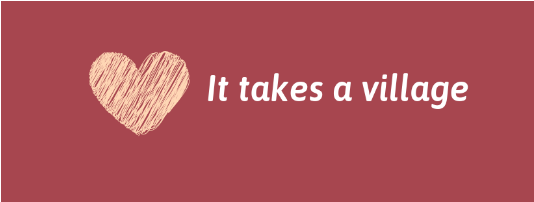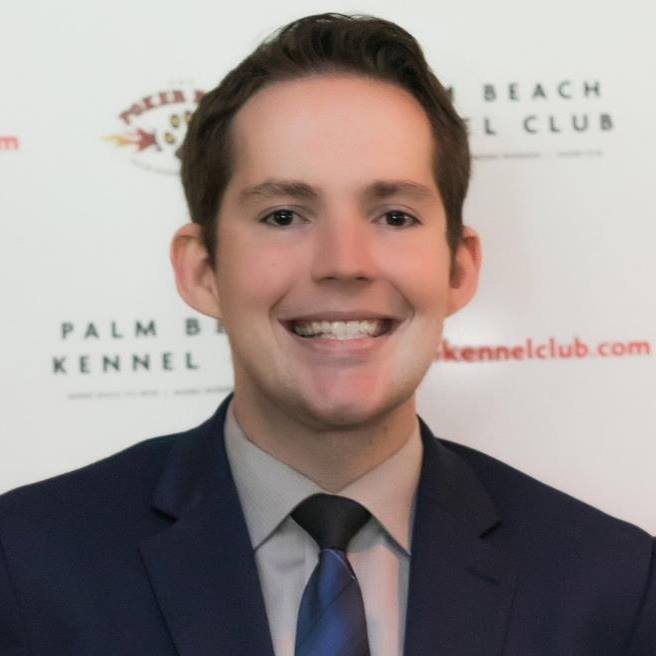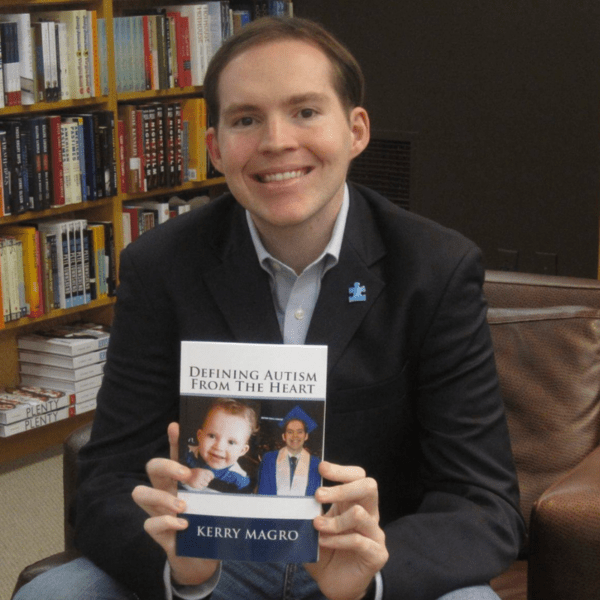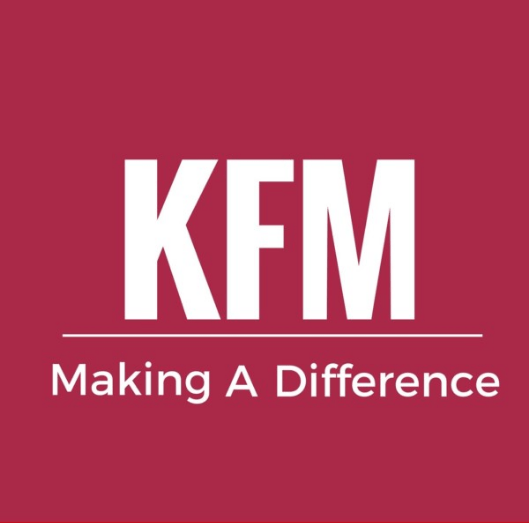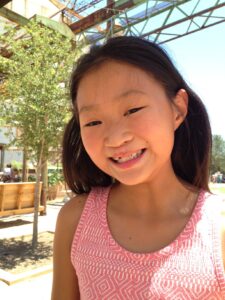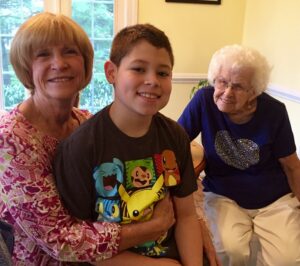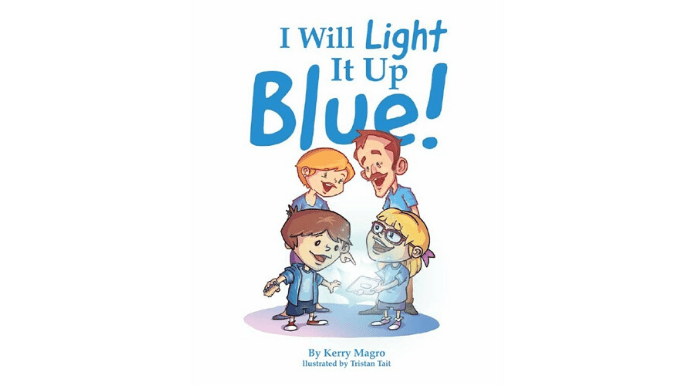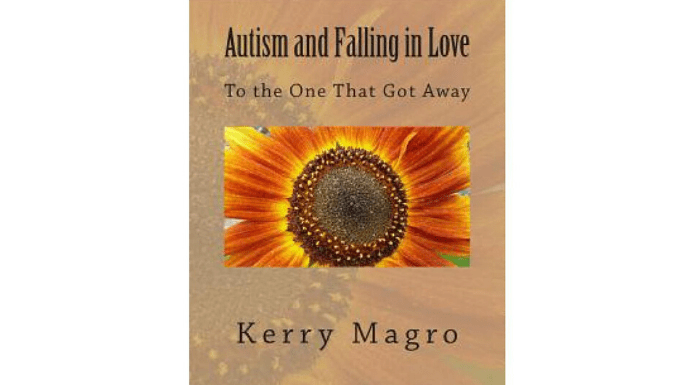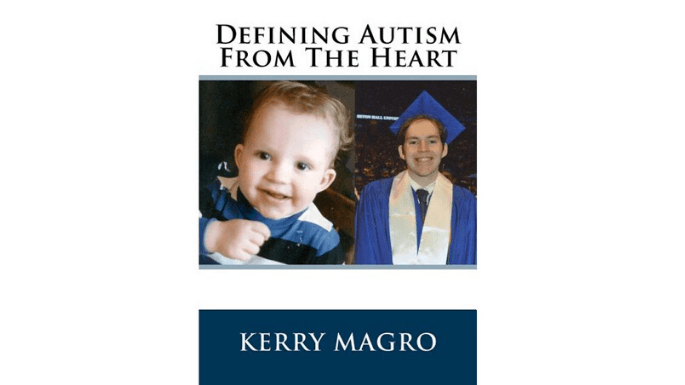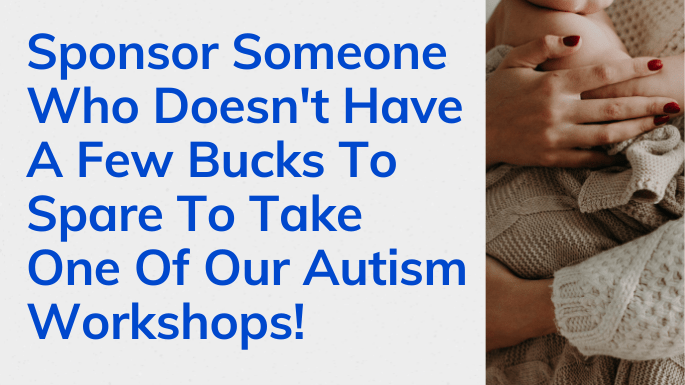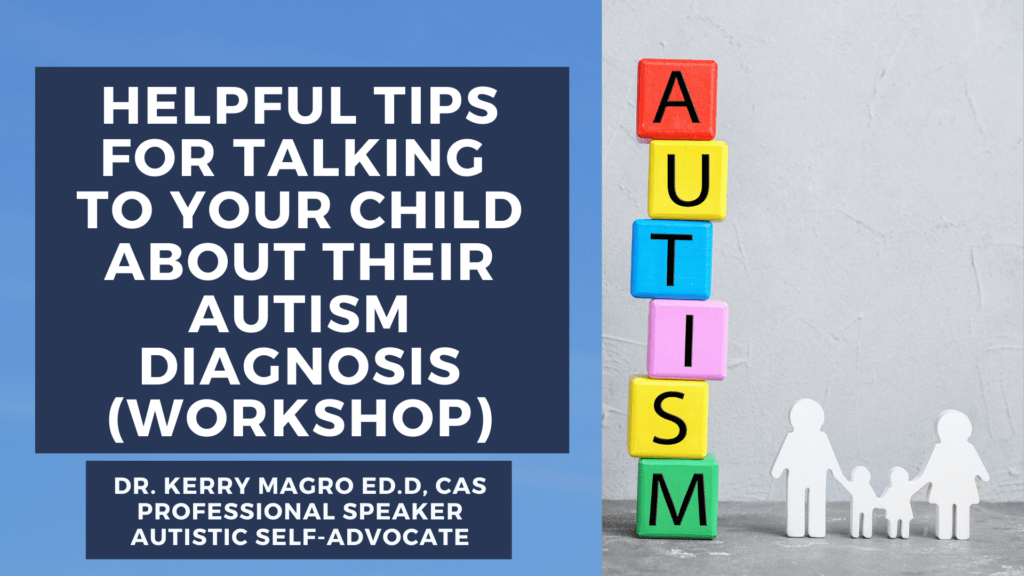This guest post is by Kya Lahn-Schofield, a young woman on the autism spectrum who was accepted into Fulton Montgomery Community College. Kya is applying for the Spring 2021 Making a Difference Autism Scholarship via the nonprofit KFM Making a Difference started by me, Kerry Magro. I was nonverbal till 2.5 and diagnosed with autism at 4 and you can read more about my organization here.
I hope you can support my nonprofit like I’m trying to support these students with scholarship aid for college. Learn more on how you can help our cause with a small donation (just asking for $3 today, equal to your daily cup of coffee) here.
When I was three and a half years old, I was diagnosed with a certain type of autism called Asperger Syndrome. This particular type of autism is a neurodevelopmental disorder which can make social interaction and communication more difficult. It can also cause someone to have a persistent interest in a particular thing. In my case, I am very persistent in certain tv shows and had speech differences. When I was five, I didn’t speak with words much and used the Picture Exchange Communication Systems(PECS). This system is used for communication and visual learners with autism. They consist of small pictures that kids point at to communicate their wants or needs. Whenever I wanted something, I would point to a certain picture and slowly use different pictures to communicate what I wanted to my parents. Once I was more comfortable with using PECS, my parents would start to encourage me to use pictures in sentences. That’s when I noticed that I was a visual learner and thinker.
Being a visual learner means that I process information better through pictures. It helped with word recognition and oral reading along with my artistic skills. I imagine what something would look like in my head so I can remember it or watch my teacher perform an activity. Visual learners have an easier time understanding their surroundings through visuals and struggle with learning without some sort of picture or image. It is not a bad thing and can be very helpful in multiple ways. Even as a 17 year old, I use visuals to communicate through my artwork and use visual recipes to make certain foods. I use a calendar to keep track of certain days that could be important to remember. Whenever I’m upset, I draw out how I’m feeling rather than letting all of my negative feelings out on another person. Sometimes I’ll listen to music and try and picture what’s going on in the song like a visual movie.
I believe the only problems I personally experience with visual learning is memory, organizational skills, and reading people’s emotions. For example, I don’t do well when information is thrown at me suddenly and I easily forget what I learned. When I’m studying for a test, I need to constantly re-read study guides just to make sure I don’t forget the information. I think it makes studying easier if there are little illustrations to go with the words so I can compare words to the illustration. Organization-wise, I like to keep things in a very particular way. If something is changed or out of place, I’ll immediately return it to its original place. Other times, I’m completely disorganized and will lose important papers that I might need for school or college. It can be a little bit stressful and annoying at times but I know that I can ask for assistance whenever I need it. At times, I struggle to read people’s emotions such as when I’m talking about something and I can’t tell if they are interested in hearing what I’m saying. I don’t do well on picking up social cues. Just because your way of processing the world is different from others, it doesn’t mean that it’s bad. It’s your own unique and special way of processing and communicating with your surroundings.

Follow my journey on Facebook, my Facebook Fan Page, & Instagram!
My name is Kerry Magro, a professional speaker and best-selling author who is also on the autism spectrum that started the nonprofit KFM Making a Difference in 2011 to help students with autism receive scholarship aid to pursue a post-secondary education. Help support me so I can continue to help students with autism go to college by making a tax-deductible donation to our nonprofit here.


